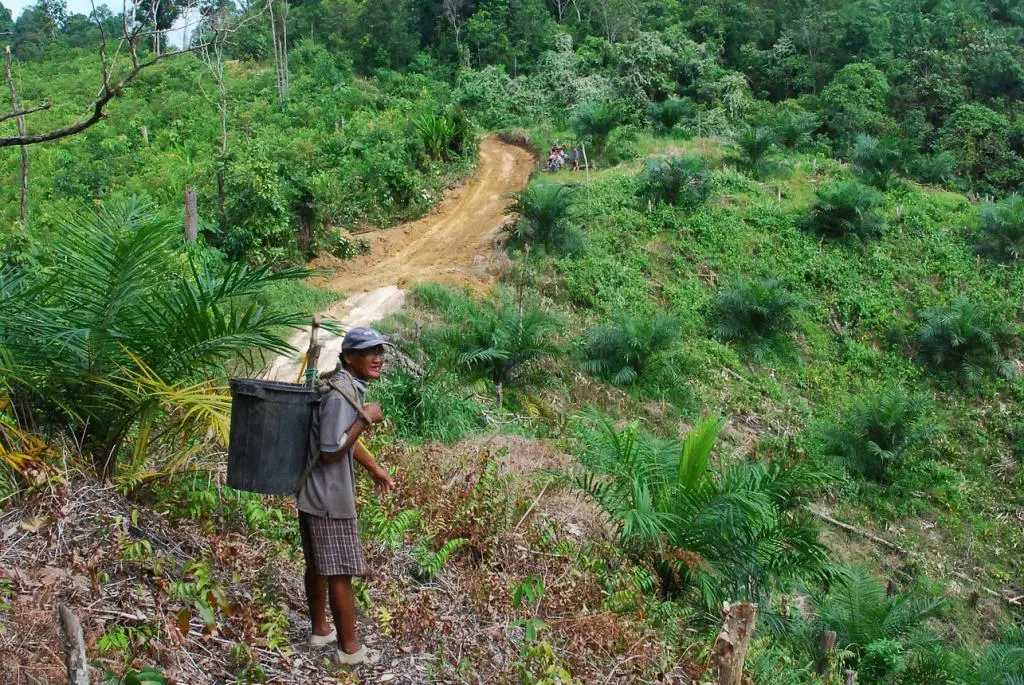Most cultures in the world have their own unique creation myths. It is a symbolic narrative of how the world began and how people first came to live in it.
In Malaysian Borneo state of Sabah, the Tuaran Dusun people have a unique legend on how the world began.
Ivar Evans recorded in his 1922 book Among Primitive Peoples in Borneo this creation myth after an interview with the headman of Timpalang, a Dusun from Tuaran, located along the west coast of Sabah.
Interestingly, the myth supports the long debated theory that life began at sea.
Kedharingan, Munsumundok and the spirit of smallpox
“At first there was a great stone in the middle of the sea. At that time there was no earth, only water. The rock was large and it opened its mouth, and out of it came a man and a woman.
“Then, they both looked around them but they could only see water. So the woman asked the man, ‘How can we walk for there is no land?'”
They came down from the rock and tried to walk on water. To their surprise, they could! But they returned to the rock and sat down to think.
Then, they decided to walk again. After walking on water for some time, they arrived at the house of Bisagit (the spirit of smallpox). They found out that Bisagit had made land but it was very far away.
According to Tuaran Dusun legend, the man and his wife were the chief gods named Kenharingan and Munsumondok. They asked for earth from Bisagit and he agreed.
The duo returned to their rock. There they pounded the rock together with the earth Bisagit gave them. From the mixture, it became land.
Then Kenharingan made the Dusun people while Munsumondok made the sky. As it was not good for men to walk in darkness, they both created the sun.
Munsumundok then said, “There is no light at night, let us make the moon.” Hence, they created not only the moons but also the seven stars (Pleiades) as well as the kukurian (constellations).
Here comes the unexpected twist of this Tuaran Dusun legend
The couple had a son and a daughter. Now Kenharingan’s people cried because there was no food.
“So Kenharingan and Munsumundok killed their girl child and cut it up, and from the different portions of its body grew all things good to eat: its head gave rise to the coconut, and you can see the marks of its eyes and mouth on the coconut till this day; from its arm bones arose sugarcane; its fingers bananas and its blood rise.”
All the animals also arose from pieces of the child.
After Kenharingan had made everything, he said: “Who is able to cast off his skin? If anyone can do so, he shall not die.”
The snake then said, “I can.” According to the legend, this is why the snake will not die unless killed by man.
Then Kenharingan placed the Dusuns in a basket to wash them in the river. However, one of the men fell out of the basket and drifted away by the river ended up at the sea. This man, according to legend, gave rise to the Bajaus. That is why the Bajau people live by the sea and are skillful with boats.
After Kenharingan had washed the Dusuns in the river, he performed a religious ceremony over them in his house.
But one of them left the house to the jungle before Kenharingan managed to do the ceremony. When he came back, he could not enter the house because he become a monkey. So the legend has it that this man was the father of the monkeys.
Understanding the creation myth of Tuaran Dusun
Mythologists have tried to categorise the different kinds of creation myths around the world.
Romanian historian Mircea Eliade came up with the most common classifications, namely ex nihilo, creation from chaos, world parent, earth-diver and emergence.
In this creation myth from the Tuaran Dusun people, it is a mixture of earth-diver and world parent.
Both Kenharingan and Munsumundok are the earth-divers in this myth where they are sent into the primal waters to find bits of sand or mud with which to build habitable land.
Earth-divers myths are also common in Native American folklore.
Meanwhile in world parent myth, creation itself comes out from dismembered parts of the body of the primeval being.
Most of these stories have the limbs, hair, blood, bones or organs of the primeval being are somehow cut to transform into sky, earth, animal or plant.
In this case is Kenharingan and Munsumundok’s daughter in which she gives her body to create other plants.



























